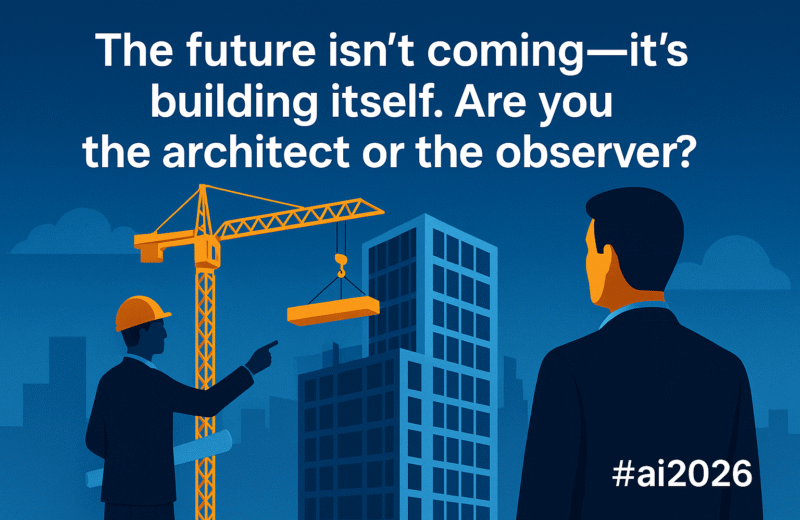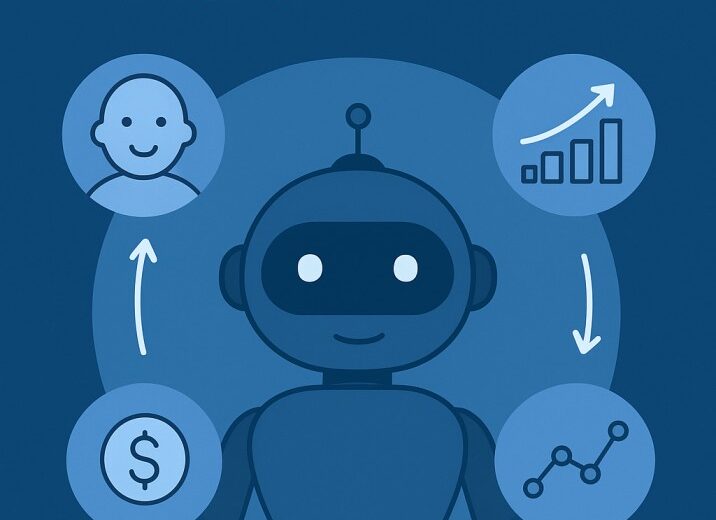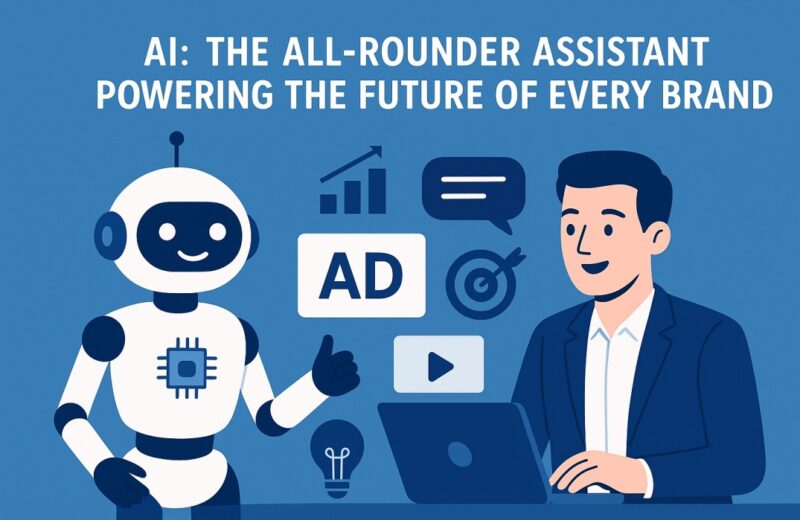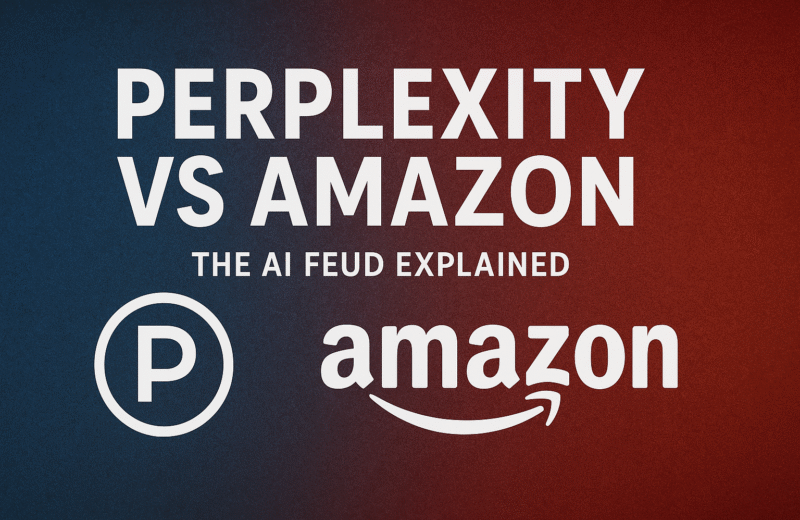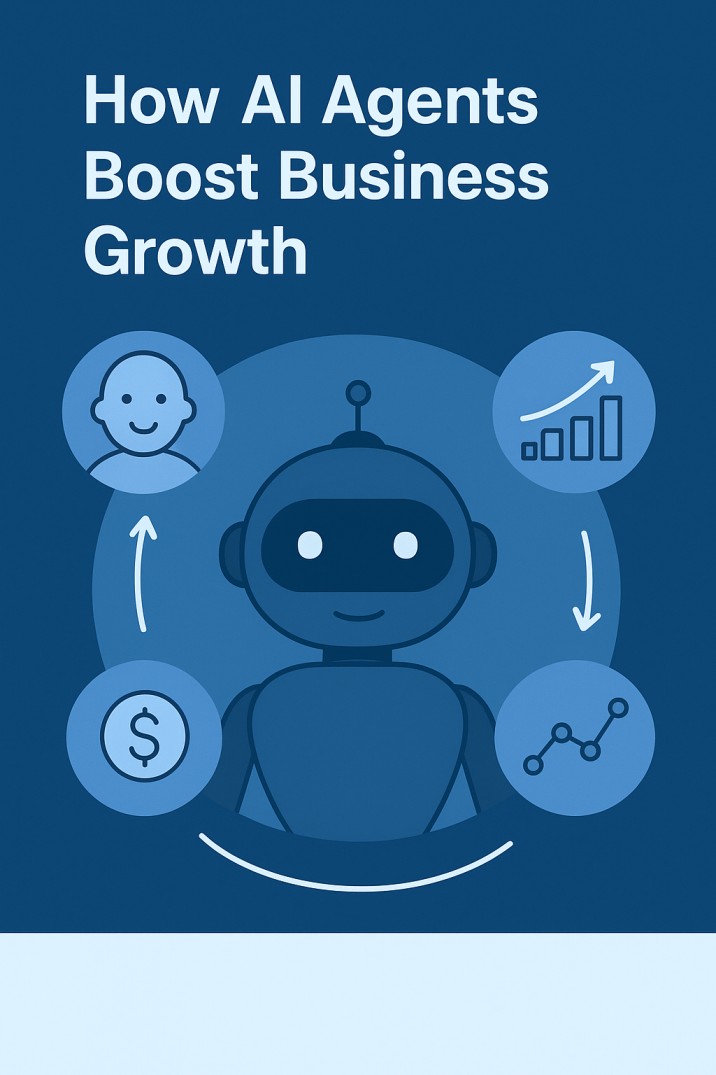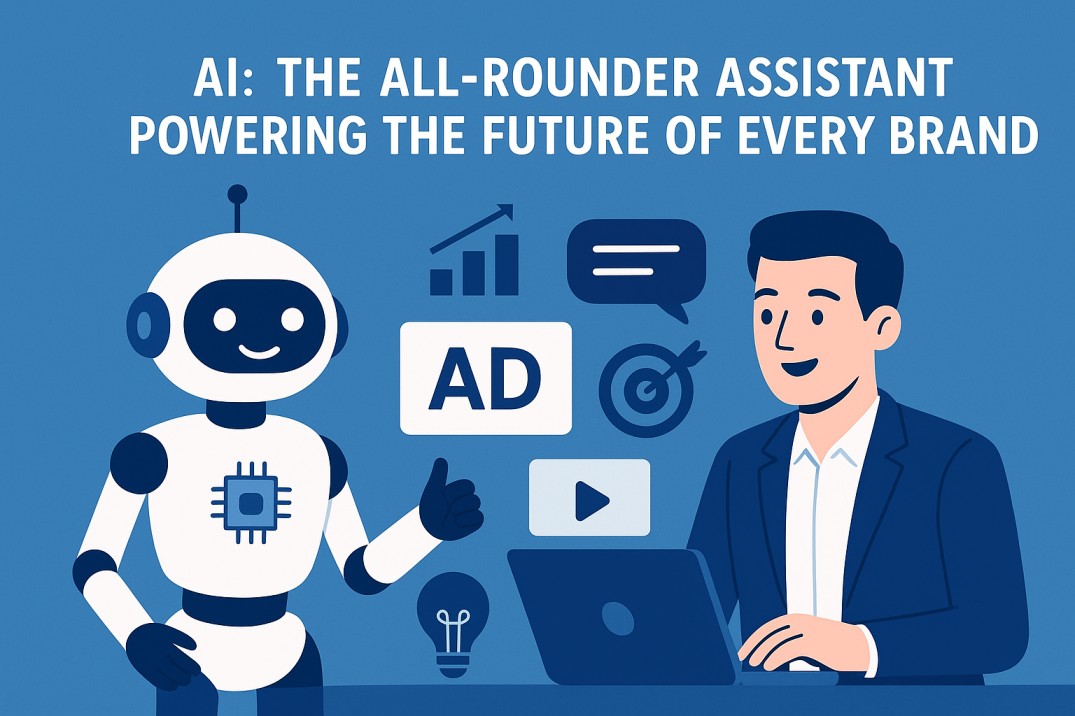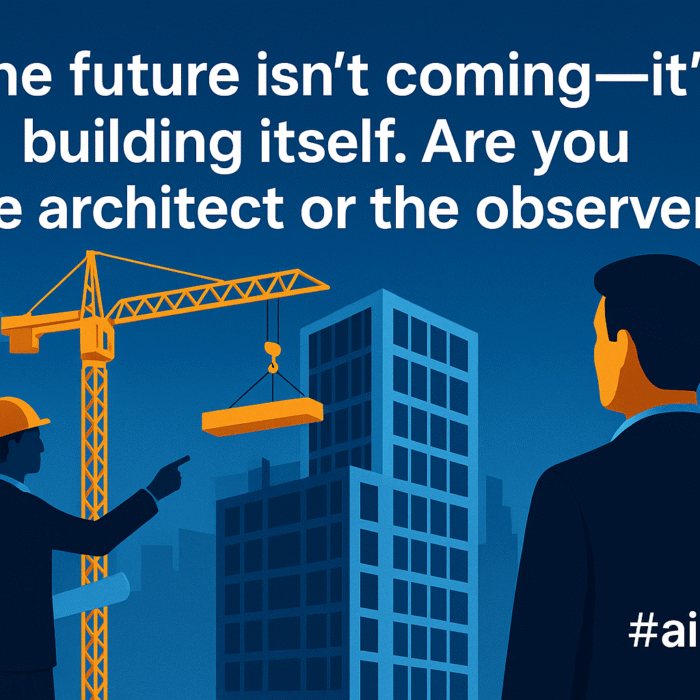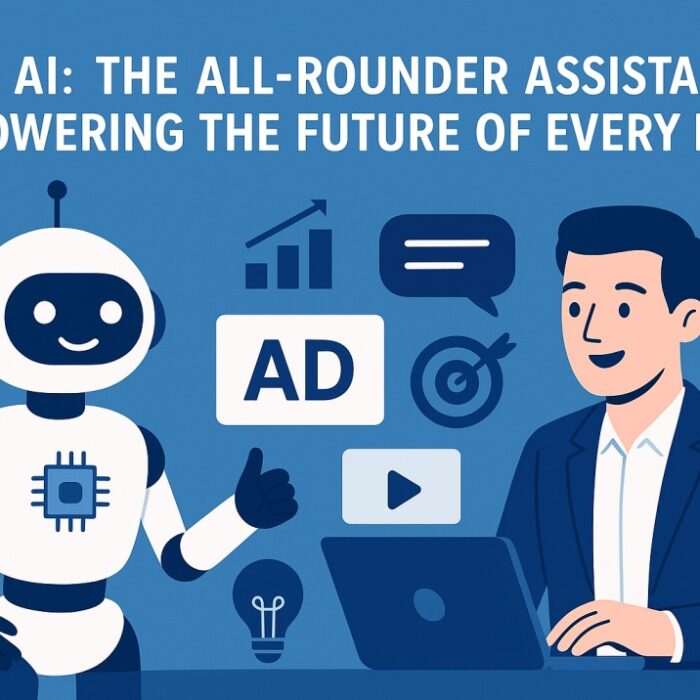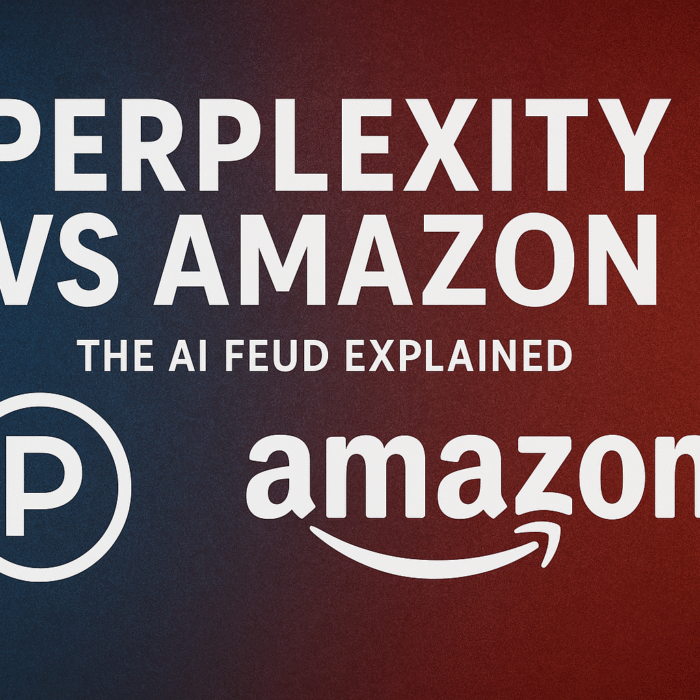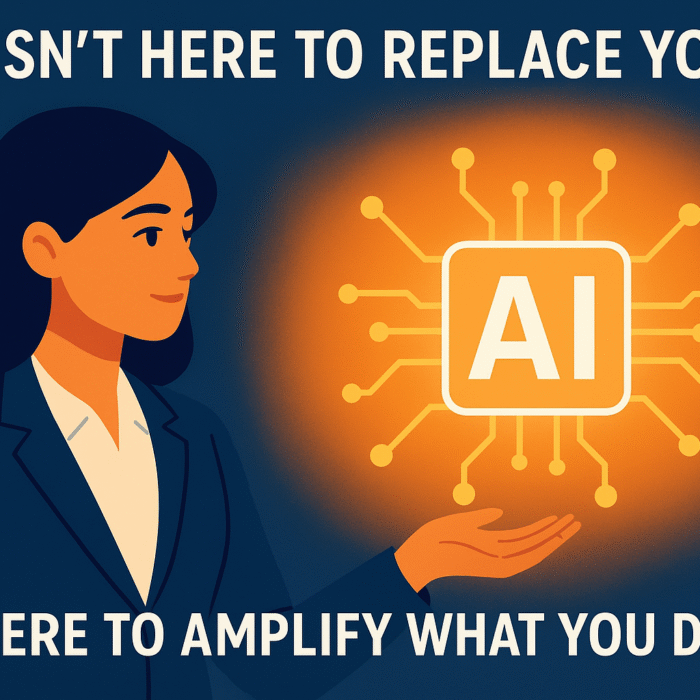Artificial intelligence has moved past the era of mere prediction and pattern recognition. The spotlight now shines on a new generation of intelligent systems: AI agents. These are not the typical chatbots or pre-programmed assistants that simply follow commands. They are autonomous, goal-oriented systems capable of understanding context, reasoning through decisions, and taking real actions in digital environments on behalf of the user.
As we transition into the agentic age, businesses and individuals alike are witnessing a massive transformation in how tasks are automated, how knowledge is applied, and how work gets done. This article explores what makes AI agents different, how their internal memory structures drive reasoning, and what frameworks like LangChain, LangGraph, and AutoGen are doing to shape this new wave of intelligent systems.
What Exactly Are AI Agents?
At their core, AI agents are software entities that can perceive their environment, reason through information, and act to achieve goals with minimal human input. They combine the capabilities of large language models (LLMs), contextual memory, and tool-use integration to autonomously complete multi-step tasks.
Think of them as digital collaborators. You do not tell them what to do step by step; you simply define the outcome, and they figure out the “how.”
For example:
- A marketing AI agent can generate campaign ideas, analyze audience sentiment, and schedule posts.
- A coding AI agent can build, test, and debug applications autonomously.
- A customer success AI agent can resolve complex support tickets by interacting with multiple tools.
The underlying principle is simple but powerful: AI agents think, remember, and act.
AI Agents vs. Traditional Chatbots
Many people still confuse AI agents with chatbots. While both use AI, their architecture and intent are fundamentally different.
| Aspect | Chatbots | AI Agents |
|---|---|---|
| Goal | Follow predefined scripts or respond to queries | Achieve specific objectives autonomously |
| Learning Ability | Limited to preset responses | Continuously adapts and learns from experience |
| Context Awareness | Short-lived; no long-term context | Deep memory layers that store knowledge and experiences |
| Actions | Conversational only | Can execute complex, multi-step workflows |
| Tools | Usually static integrations | Dynamic tool use such as APIs, apps, and services |
Chatbots react. AI agents reason.
Chatbots answer. AI agents execute.
That is the paradigm shift: from passive assistance to active collaboration.
The Cognitive Core: How AI Agents Think

For AI agents to act autonomously, they rely on three major components:
- A Reasoning Engine (LLM)
The large language model is the cognitive core. It enables the agent to understand tasks, interpret nuances in user input, and generate structured responses. The LLM also serves as the foundation for planning by breaking down goals into sub-tasks and deciding the sequence of actions. - Memory Systems
Memory transforms an AI agent from a reactive tool into a thinking entity. It allows the system to remember what it did before, learn from context, and tailor future responses. Unlike humans who rely on biological memory, AI agents use structured memory types that simulate cognition. - Tool Integration
Agents can connect with databases, APIs, and applications. This allows them to execute real-world actions, from sending emails to making data queries or generating analytics.
Together, these elements create a feedback loop of understanding, planning, and acting, forming the essence of autonomous intelligence.
Understanding the Memory Layers of AI Agents
AI agents do not query information in isolation. They rely on different types of memory, each serving a unique role in reasoning and execution.
1. Short-Term Memory: Immediate Context
This layer captures real-time conversational context such as the last few messages, recent decisions, or user instructions. It is what helps an AI agent stay coherent and relevant during ongoing interactions.
For example, when you collaborate with an AI marketing agent and say, “Use the same tone as the last email,” it recalls the previous message and applies that style.
Short-term memory enables fluid, human-like continuity.
2. Semantic Memory: Knowledge and Understanding
This is the knowledge layer, the agent’s understanding of facts, concepts, and domain expertise. Semantic memory is where the agent stores what it knows about industries, clients, or specific business goals.
It functions as a digital brain that can access relevant data instantly.
For example, an AI sales agent might remember:
“Product A performs best in the European market, especially among retail clients.”
Semantic memory powers expertise-based reasoning, ensuring every action aligns with learned knowledge.
3. Episodic Memory: Experience and Reflection
This layer is all about past experiences. The agent recalls previous tasks, actions, and outcomes, much like humans remember how they solved problems before.
For example, if an AI developer agent successfully fixed a code issue in the past, it will recall that method when encountering a similar bug again.
Episodic memory allows pattern recognition and adaptive decision-making, helping AI agents improve with every interaction.
4. Procedural Memory: Execution Patterns
Finally, there is procedural memory, which stores how-to sequences or proven workflows that have worked before.
When a task repeats, the agent does not need to plan from scratch. It simply recalls the steps, optimizing speed and accuracy.
For instance, an AI agent responsible for onboarding new employees might remember:
“Step 1: Send HR documents → Step 2: Schedule introduction call → Step 3: Add to communication platform → Step 4: Assign mentor.”
Procedural memory creates efficiency through habit, turning complex operations into automatic processes.
Frameworks Powering the Agentic Revolution
Several open-source frameworks are shaping how developers build and deploy AI agents today. Among them, LangChain, LangGraph, and AutoGen stand out for their robust memory and orchestration systems.
LangChain: The Modular Powerhouse
LangChain is one of the earliest and most popular frameworks for building AI agents. It provides modular components for integrating LLMs, memory, and tools.
Its key innovation lies in how it handles context and chain-of-thought, enabling multi-step reasoning. Developers can easily add memory modules, tool connectors, and recursive workflows.
LangChain’s “chains” let developers stack reasoning steps like building blocks, from parsing user intent to executing an API call and summarizing results.
LangGraph: Building Dynamic Multi-Agent Systems
LangGraph takes the LangChain concept further by offering graph-based orchestration. Instead of linear chains, LangGraph models dynamic interactions between multiple agents.
Think of it as an ecosystem where one agent’s output can trigger another’s task.
For example:
- A research agent finds information.
- A content agent drafts the article.
- A review agent checks for factual accuracy.
LangGraph enables collaborative agent networks, making it ideal for enterprise-scale automation.
AutoGen: Conversational Intelligence at Scale
AutoGen, developed by Microsoft, focuses on multi-agent collaboration and autonomous goal completion. It allows agents to communicate with each other through dialogue, exchanging information like humans in a team meeting.
What sets AutoGen apart is its ability to manage self-reflective reasoning, where an agent can question its own decisions before executing them. This ensures safer, more accurate results.
It is a glimpse into the next era of AI, where agents not only act but also think about their thinking.
Why AI Agents Are Transforming the Digital Landscape
The adoption of AI agents is not just about saving time; it is about transforming workflows fundamentally.
1. Automation Beyond Rules
Agents can handle dynamic scenarios, not just repetitive tasks. They adapt, infer, and make logical choices based on context, which static automation cannot.
2. Scalable Intelligence
Unlike traditional software, AI agents scale their intelligence across tasks. One system can manage marketing, analytics, and operations, all interconnected through shared memory.
3. Continuous Learning
The more you use them, the smarter they get. Their memory layers evolve with each interaction, creating a feedback loop of improvement.
4. Human-AI Synergy
AI agents do not replace people; they amplify them. By handling routine complexity, they let humans focus on creativity, strategy, and innovation.
Building the Future with Agentic Intelligence
The rise of AI agents marks a pivotal shift from using AI as a tool to collaborating with AI as a partner.
Businesses adopting these systems are not just automating; they are rearchitecting how intelligence operates within their organizations.
The key to success lies in understanding memory design, leveraging frameworks like LangChain or AutoGen, and building systems that think, learn, and act.
As we move deeper into this agentic era, one thing is clear:
AI agents are not the future; they are the foundation of the intelligent present.







